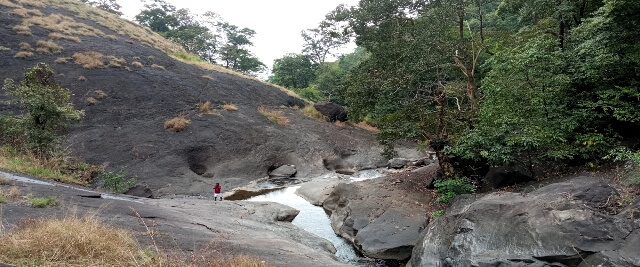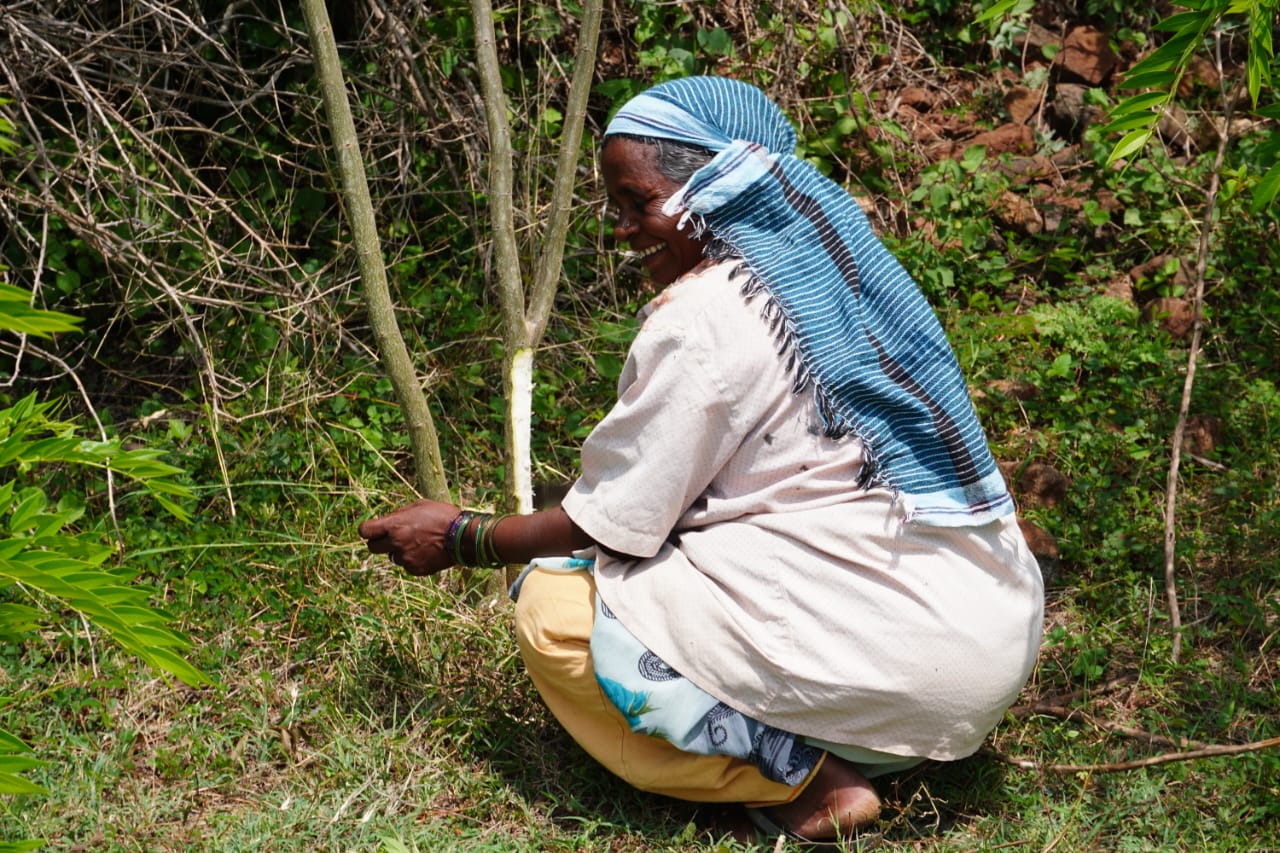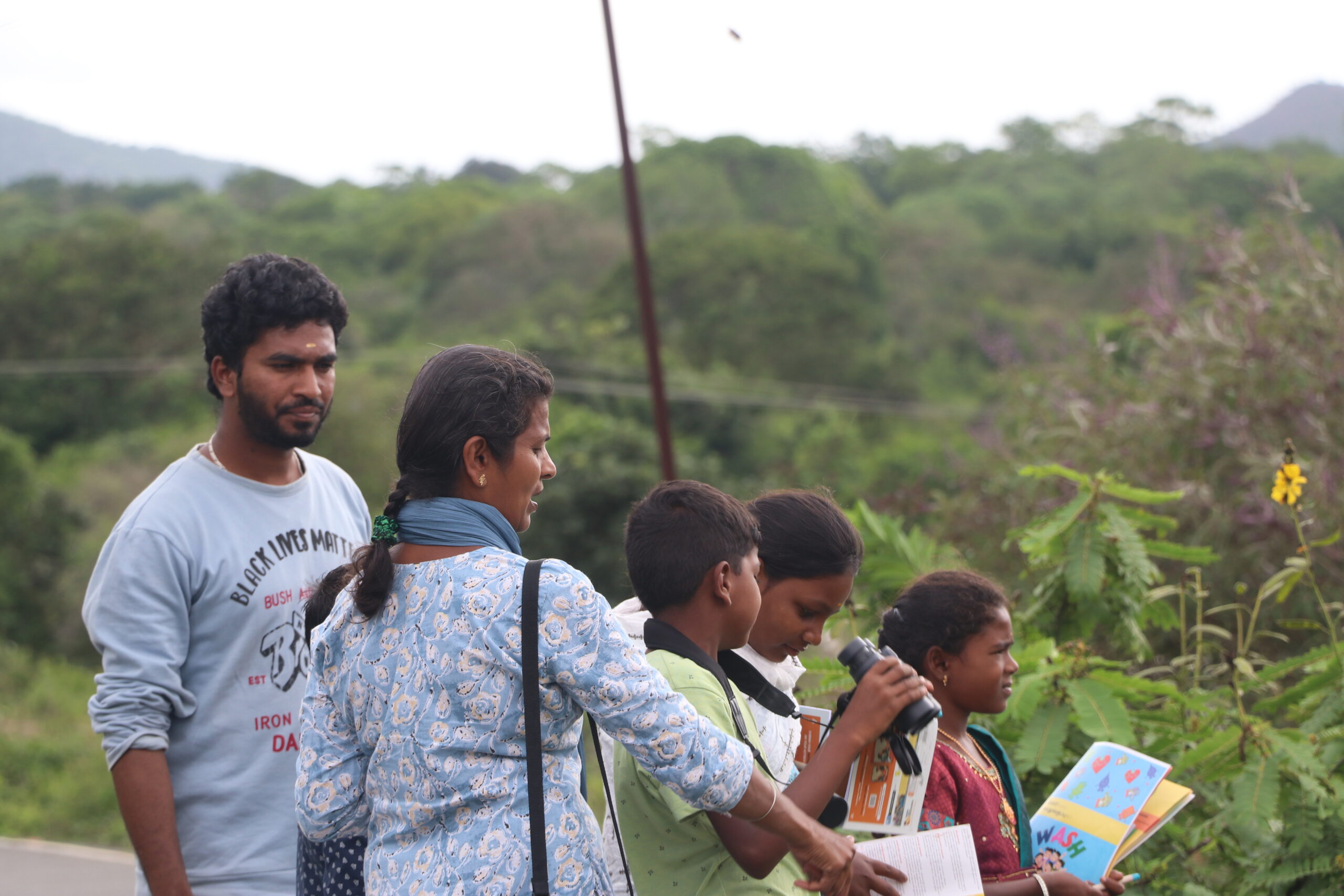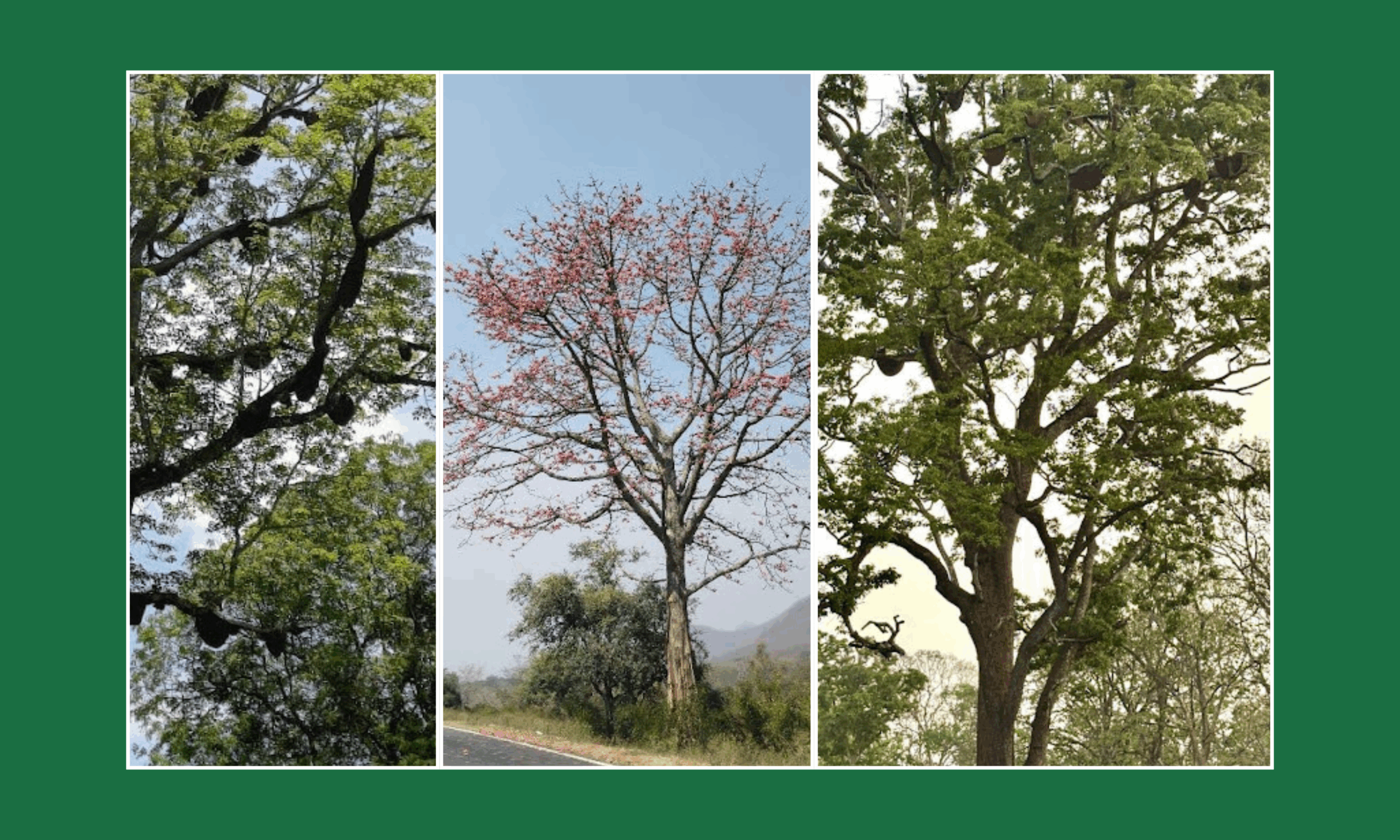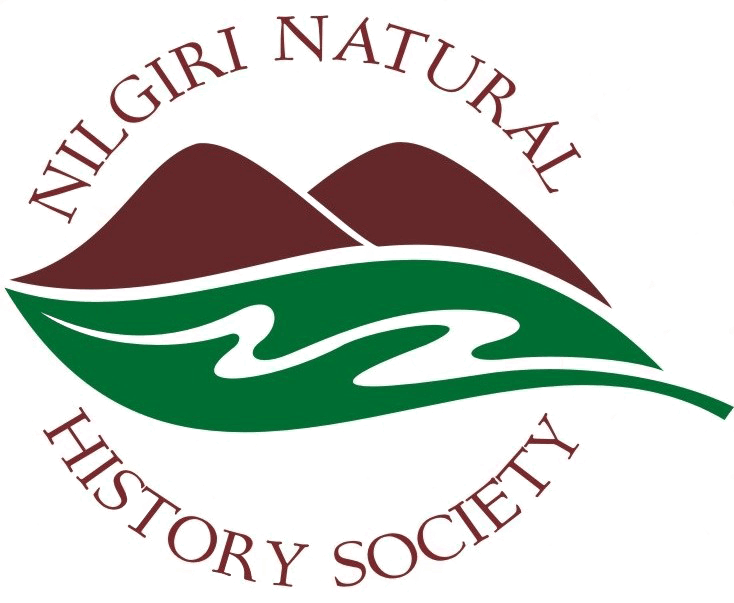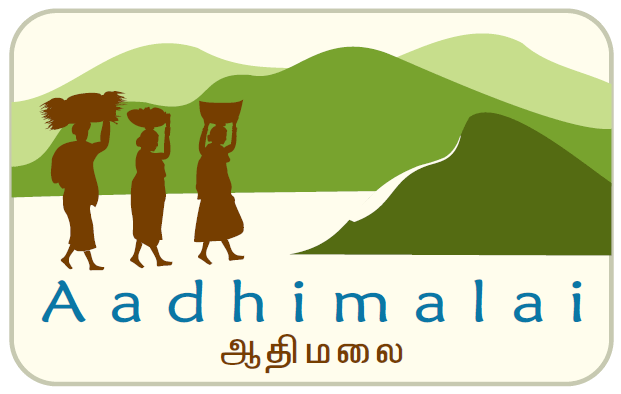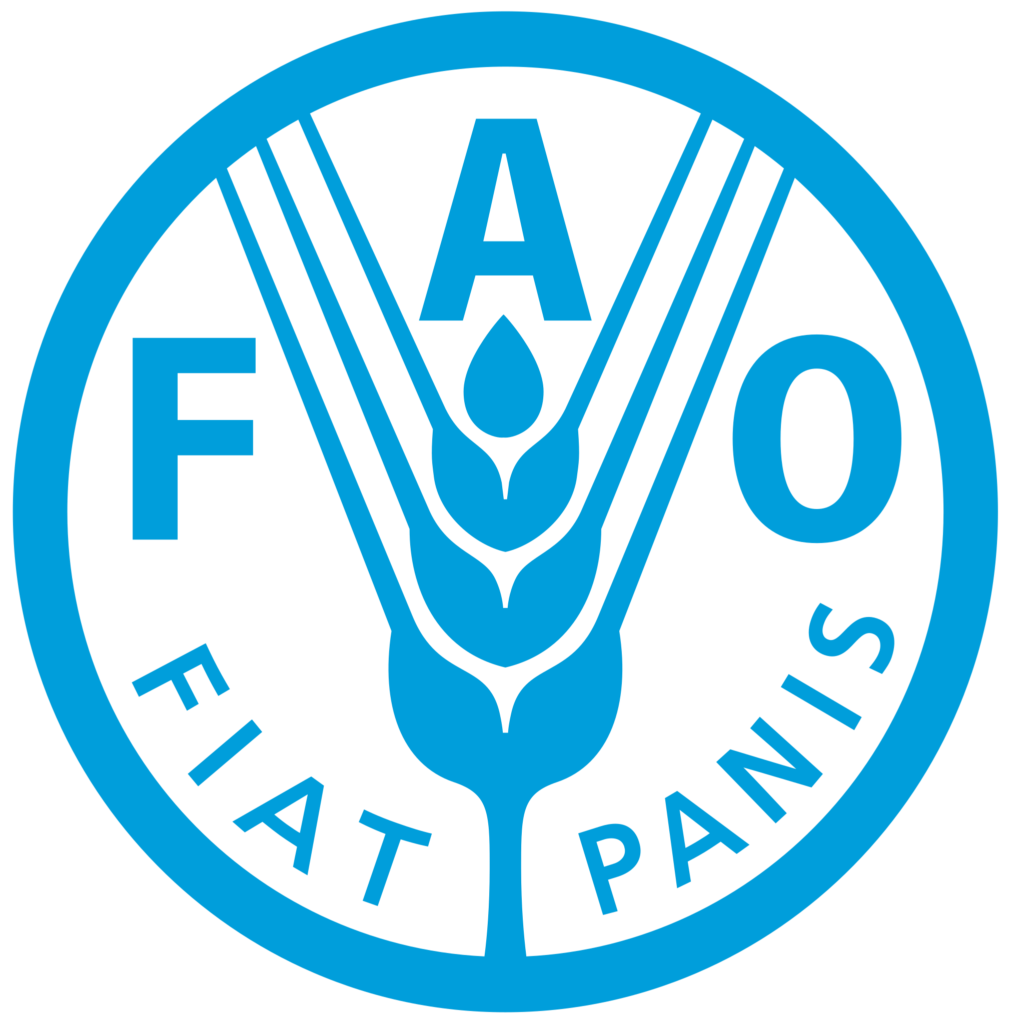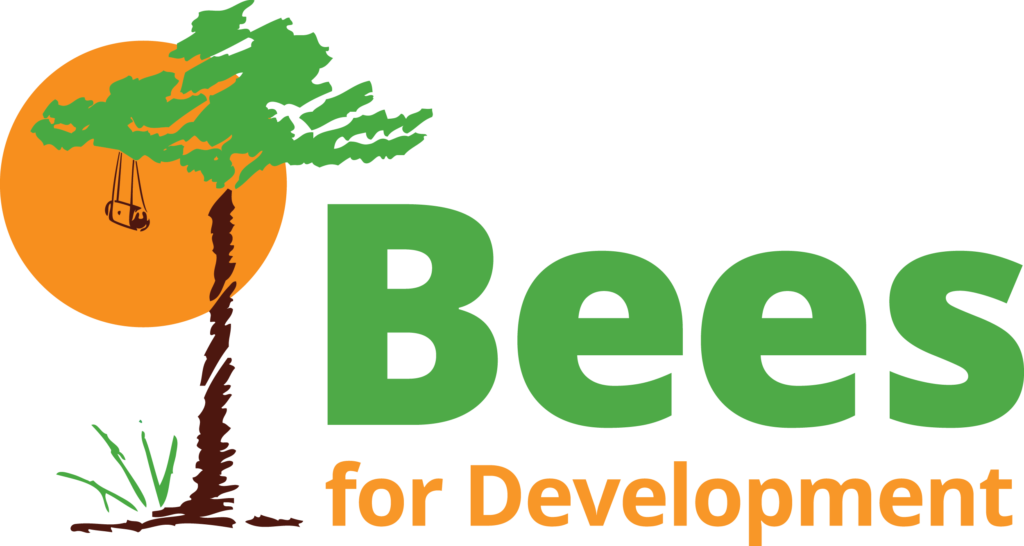For Rajesh and Sumitra, the camera is an essential thing to be carried while they head out to the forest; whether they go to the forest to collect NTFPs or just on leisure walks. Jalaja and Krishnan have become wedding photographers at their family occasions. Babu likes to cover the various events happening in his village and the neighboring village.
With travel restrictions during the prolonged lockdown, they were keeping busy attending workshops on photography. Through self-directed training they gradually learned how to use the different features of a DSLR camera. Gradually, they started using their camera whenever they got time and learned to take different kinds of photos. To enhance this skill they themselves are shooting a documentary about their work as Barefoot ecologists.
Barefoot ecologists are indigenous people who have traditional knowledge and have been trained in observing, recording and analyzing data. They identify ecological indicators for long-term monitoring of their natural resources which integrate traditional ecological knowledge and science. Keystone Foundation has been training and facilitating a barefoot ecology program in Nilgiri Biosphere Reserve since 2008. There were different methodologies and focus areas over the years – Forest transect, Honey monitoring, Agroecology, River transect, Phenology, etc.
We started a barefoot ecology program in Nilambur during the 2020 Covid lockdown with the support of UNESCO-India. Since the region was facing regular floods and landslides during the past two monsoon seasons, it was important to start monitoring their natural resources and start identifying traditional ecological knowledge of indigenous people in connection to forests, rivers and climatic patterns.
Six barefoot ecologists in Nilambur region were trained in monitoring their natural resources giving more focus to rivers. They also document traditional knowledge related to the river and forest they depend on and monitor the phenology of selected trees and fishes. Out of the six barefoot ecologists in Nilambur, two are from Appankkappu village (Sumitra and Rajesh), two are from Pulimunda village (Jalaja and Krishnan) and two from Palakkayam village (Babu and Cheyran).
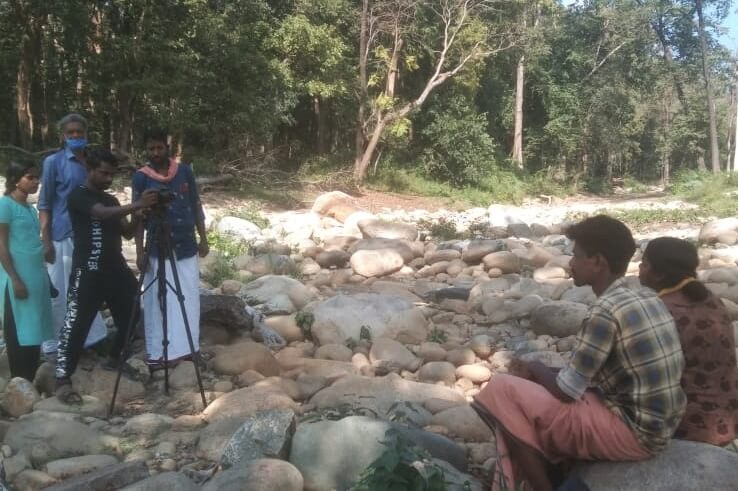
This is the first time Sumitra, Rajesh, Krishnan, and Jalaja were visiting Palakkayam village. They were there to collect some footage of the region for their documentary. Having already collected footage from Appankkapu village, they would proceed to Pulimunda village after finishing their shoot in Palakkayam.
We began our journey early in the morning to Palakkayam to capture the best natural light. The jeep wobbled through the rocky roads and took us to our destination. When we reached the Palakkayam village, we visited the community nursery where barefoot ecologists are growing some NTFPs and medicinal plant saplings. To shoot some footage of the river they monitor using the transect methodology (1km transect along the river, in which BFEs regularly observe and document biodiversity sightings and other information) – we started to walk through the subtly flowing river. We were able to hop across using the stones on the banks of the river- as it was not the wet season. During the monsoon, the river is in full force –overflowing on the rocks.
The flash floods for the past two years destroyed the bridges several times. It was a challenging adventure but worth the beauty along the way. On our path, we observed many plants, birds, fishes- and even caught a glimpse of traditional fishing done by the local community. On the way, we met the village leader and his wife as they too were taking the river as a shortcut to get to the small shop, below at the end of the road.
After a few hours of collecting footage, we ended the transect at a beautiful waterfall. After spending some time there, we returned to the village where we had started our walk. It was around 3 pm when we reached. As our bellies were craving a good fat meal we ate lunch in the village. Soon after, we packed up from Palakkayam with an SD card full of memories.
By Ashish

